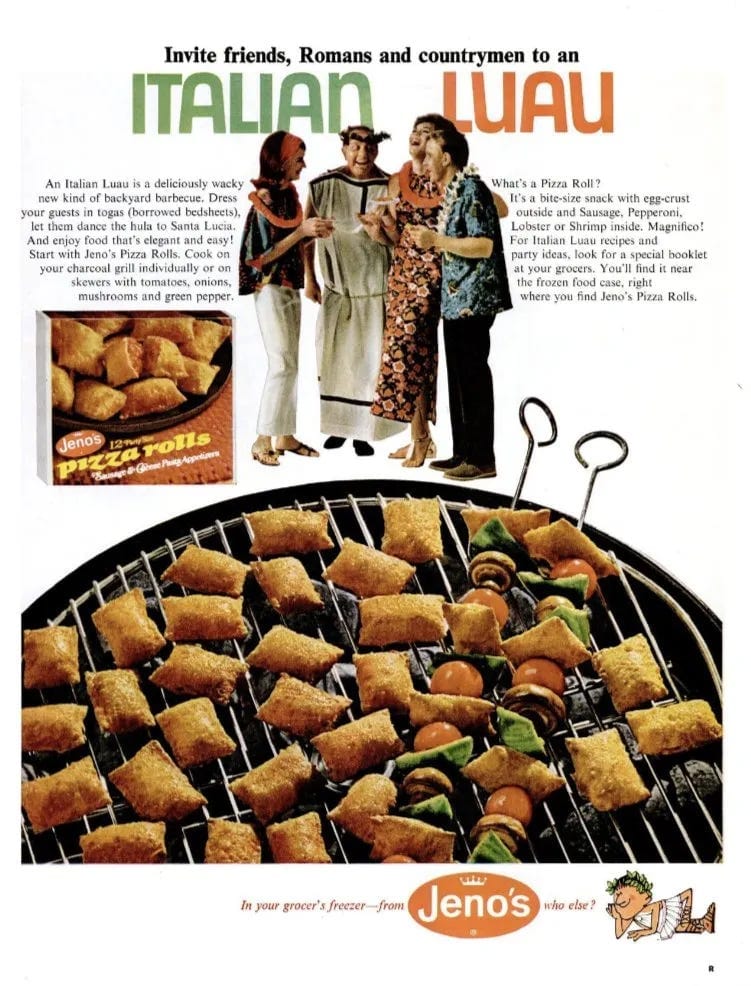Friday Bread Basket 4/7/23
Another holiday smashup

Table of Contents
Welcome to the Wordloaf Friday Bread Basket, a weekly roundup of links and items relating to bread, baking, and grain. This weekend sees convergence of the three major spring religious holidays — Passover, Easter, and Ramadan — something that only happens three times a century, apparently. I am not a religious person, but I will be making the Armenian traditional end-of-lent indulgence, choreg, recipes for which you can find here (yeasted) or here (sourdough). (This year I am going to dye eggs and then braid them into the loaves, something I’ve not done before.)
Matz-off

Eater’s Rebecca Flint Marx ran a taste test to determine the “least bad” matzo you might find in a supermarket, as a service to everyone observing Passover right now:
Tonight is the first night of Passover. While there’s a lot to love about Passover — personally, I’m here for the plagues and the charoset — matzo is generally excluded from the list of reasons to look forward to the holiday. The unleavened bread, which is consumed during the seven (or eight) days of Passover in commemoration of the Israelites’ exodus from Egypt, has the flavor and texture of the affliction it’s meant to evoke. But where some might argue that it doesn’t matter which brand of matzo you buy, insofar as all of them look and taste like building material, anyone who has subjected their colon to several straight days of the stuff knows this to be untrue. So we decided to conduct a completely unscientific taste test to determine the least bad matzo that’s readily available on supermarket shelves. While whole-wheat, spelt, and flavored matzot exist, we stuck to plain to maintain a level playing field, such as it is, making exceptions only for gluten-free and egg matzo options. As one taster said upon seeing the boxes of matzo that awaited us, “Let’s get constipated!”
While I am more of a leavened-bread type, I can appreciate the occasional matzo, so this is useful intel.


Bigger than a bread box

Grub Street’s Choire Sicha talks to Chase Fox Harnett, a former model turned wood-fired bread baker, who began vending his loaves in a somewhat mysterious manner:
On misty weekend mornings, sometimes a strange cabinet would appear on a rural corner or riverfront promenade in a town like Peekskill or Chappaqua. Signage would indicate it contained fresh homemade bread and that you could take what you want and pay what you want. Locals, a little obsessed with chasing down free sourdough, signed up for email alerts or followed the bread’s account on Instagram. I never indulged but watched and waited patiently for the big reveal: Was this Entenmann’s, or Heaven’s Gate?
But the rationale of this bread, when it was revealed, turned out to be stranger: One day, it was announced that you could become a bread subscriber, which granted you a skeleton key to your own personal bread cabinet at a brewery in Ossining and the ability to order bread at a decent price. This charmingly addled business model, in which you paid money for the right to buy bread, melding high-end exclusivity with charm and carbs, was perfect for this rural-suburban chunk of Westchester.


Magnifico!

Doug Mack’s Snack Stack just did a deep dive into the Italian-Chinese-American mashup that is the Jeno’s pizza roll:
You can buy little snacky hand pies around the world—pasties, dumplings, empanadas, samosas; the genre is a recurring theme of this newsletter—but while most are available in a frozen version, the one you’re usually thinking of comes from a little storefront, a roadside stand, or hot out of a simmering pot in grandma’s kitchen. They’re crafted with love and attention to detail. They tell a story of a place.
Pizza rolls come in a bag from Walmart.
And yet. If you look closer, they have their own tale to tell, one with fascinating layers and twists and turns. All told, pizza rolls just might be the closest thing that exists to an edible decoder ring for midcentury American cuisine.
I did not really know anything about the story behind Jeno’s pizza rolls, aside from the fact that they were the creation of an Italian-American named Jeno. Something I especially did not know until reading Doug’s story was that Jeno’s was a later spin-off of Jeno Paulucci’s earlier endeavor, Chun King, which sold frozen and canned Chinese-esque dishes to Americans by adding…Italian seasonings to them?

That’s it for this week’s bread basket. I hope you all have a peaceful weekend, whatever holidays you celebrate (or not). See you on Monday.
—Andrew
wordloaf Newsletter
Join the newsletter to receive the latest updates in your inbox.





